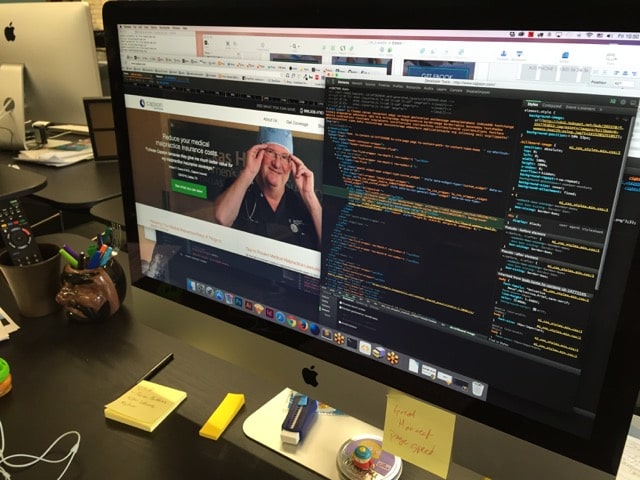The Elements Of Web Design

Web design focuses on the user experience and how easy it is for visitors to find what they need on your site. The elements of web design include layout, color, graphics, fonts, and content. All of these elements must work together to create a cohesive design that is both visually appealing and easy to use. A well-designed website will help you stand out from the competition and attract more customers.
Introduction: what web design is and why it’s important
The Basics Of Web Design: HTML, CSS, And JavaScript
There are three essential ingredients in web design: HTML, CSS, and JavaScript. HTML is the structure of a website, CSS is the style, and JavaScript is the behavior. All three elements are important in creating a well-designed website.
HTML provides the structure for a website. It defines the content and how it is arranged on the page. CSS defines the style of a website, including the colors, fonts, and layout. JavaScript adds behavior to a website, such as interactive forms and menus.
All three elements are important in creating an effective website. HTML provides the structure, CSS defines the style, and JavaScript adds behavior. By understanding all three elements, you can create a well-designed website that meets your specific needs.
Design Principles: Typography, Color, Layout, And Grid Systems
The principles of web design encompass typography, color, layout, and grid systems. Each of these elements plays an important role in the overall design of a website.
Typography is the art and technique of arranging a type to create the desired effect. It includes the selection of typefaces, point size, line length, tracking, leading, and kerning. Color is also an important element of web design. The use of color can create visual interest, highlight certain elements, and convey a mood or feeling. Layout refers to the way in which content is arranged on a page. It includes the use of whitespace, alignment, and hierarchy. Grid systems are used to organize content on a page and create a consistent layout.
These are just a few of the many elements that go into designing a website.
More Advanced Elements Of Web Design: Animation, Video, And Interactivity
As web design has evolved, so have the techniques and tools available to designers. More advanced elements of web design include animation, video, and interactivity.
Animation can be used to add visual interest to a website or to guide users through a process. For example, an animated progress bar can let users know how far along they are in completing a task. Video can be used to add another layer of information or entertainment to a website. For example, a product demonstration video can give users a closer look at how a product works. Interactivity can be used to engage users and get them involved in the content of a website. For example, user comments on a blog post can start a conversation that other users can join in on.
These more advanced elements of web design can help make a website more engaging and informative for users.

Conclusion
Do you wonder what is the importance of web design in today’s world? A website is a powerful tool that helps businesses promote themselves and their products or services to a global audience. It is therefore not surprising that the importance of web design has increased exponentially in recent years.
A well-designed website can be the difference between a successful online presence and an unsuccessful one. In today’s competitive market, a professionally designed website can give a business the edge it needs to succeed.
An effective website must be easy to navigate, visually appealing, and informative. It should also be designed with search engine optimization in mind so that potential customers can easily find it when they are searching for products or services online.
The bottom line is that web design is essential for any business that wants to succeed in today’s digital world. Investing in a professional web designer is an investment that will pay off in the long run.
